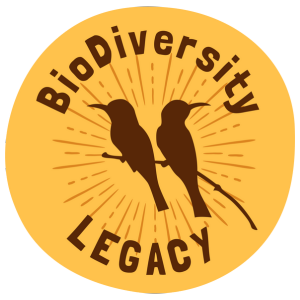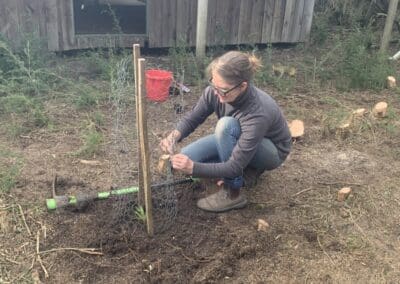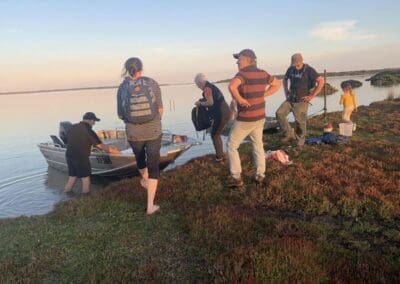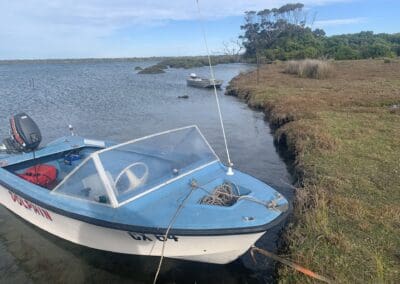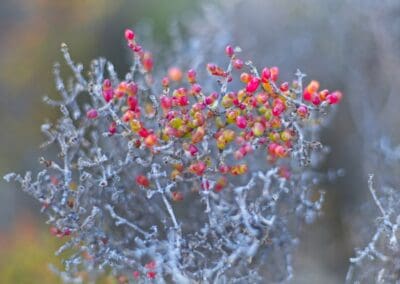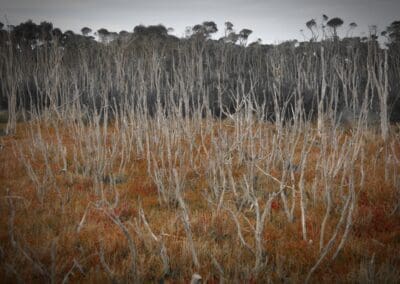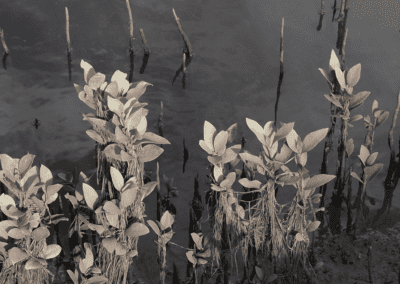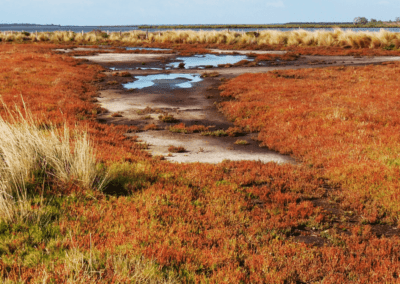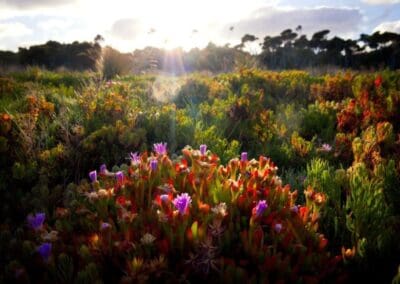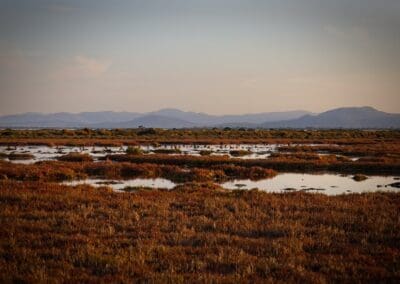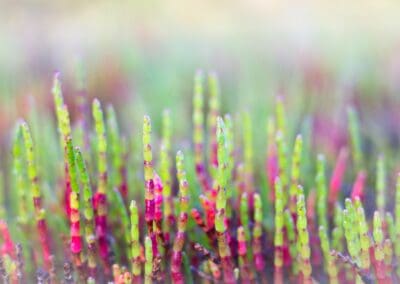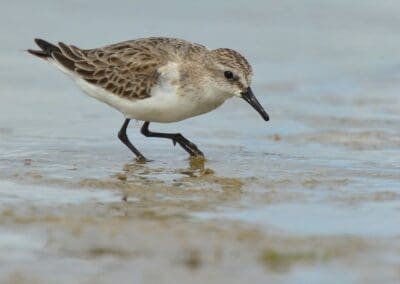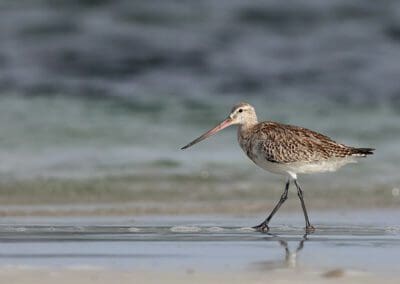
Little Dog Island, South Gippsland
A saltmarsh sanctuary for nature, climate and community.Securing a Unique Ecosystem
In October 2022, Nooramunga Land & Sea Ltd. acquired Little Dog Island, a 60-ha (150-acre) private island nestled within the sheltered estuarine waters of Corner Inlet, South Gippsland. Surrounded by the Nooramunga Marine and Coastal Park, the island represents an outstanding example of Victoria’s rare and threatened coastal saltmarsh communities.
An Island of Hope
The island’s conservation journey began when one of Victoria’s leading ecologists Tim D’Ombrain (Biodiversity Services), heard through a friend that a private island in Corner Inlet was up for sale. Understanding the ecological importance of saltmarsh and how vulnerable these landscapes are to farming and inappropriate land use, Tim raised the alarm.
In response, a group of passionate botanists, conservation philanthropists and carbon landscape experts came together to purchase the island and transfer it into a not-for-profit Local Landholding Entity – Nooramunga Land & Sea (*note that, in 2025, NL&S secured an adjacent property – Bullock Island. Read more here).
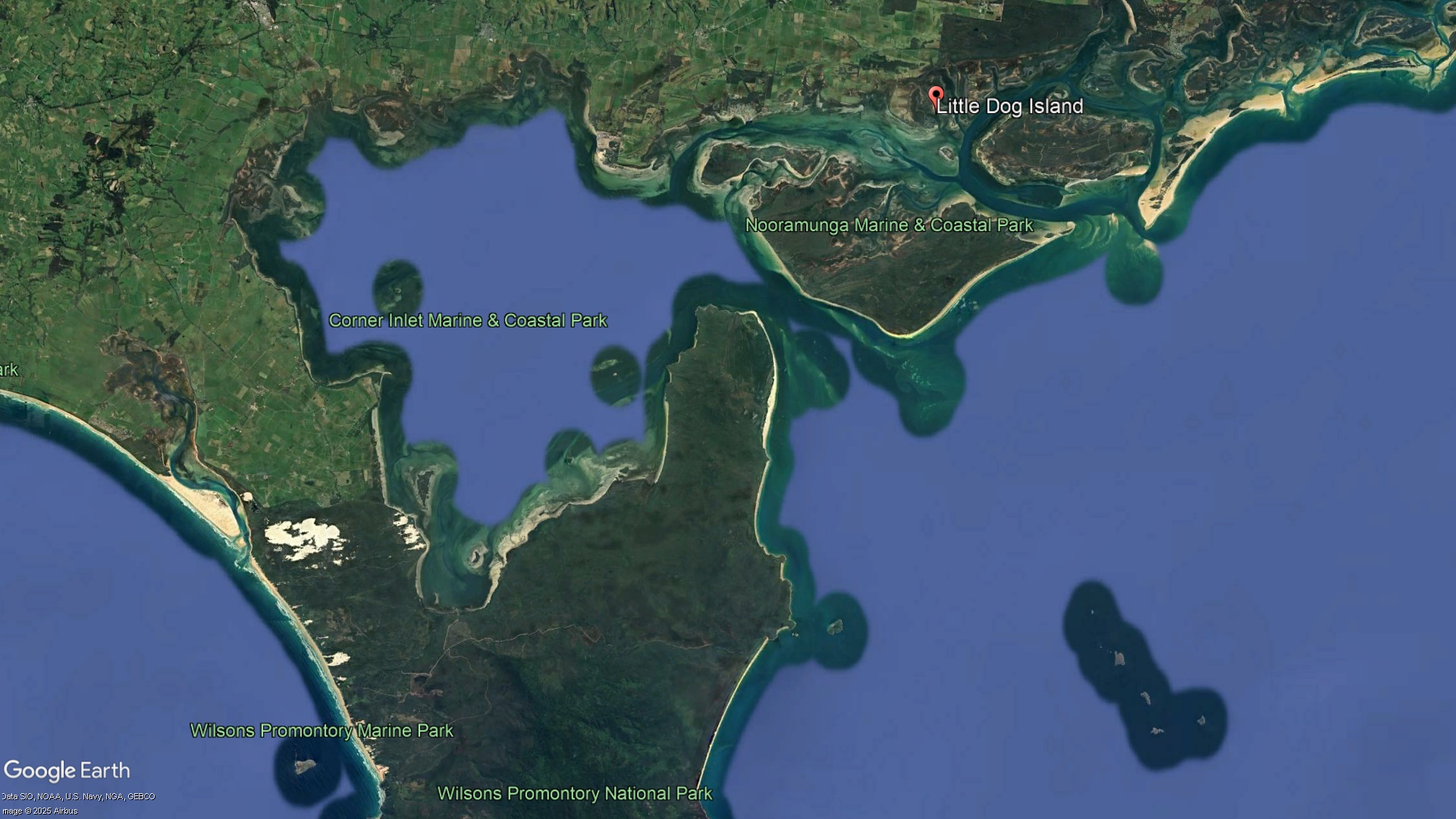
NL&S founders and stewardship team
The group behind Little Dog Island are recognised leaders in private and public conservation. Joining Tim D’Ombrain are:
- Karl Just, an ecologist with over 20 years’ experience mapping Victoria’s native vegetation and leading major restoration projects.
- Dr Steve Enticott, co-director of Carbon Landscapes and an expert in environmental investment.
- Jim Phillipson, Strategic Director of the Rendere Environmental Trust, also provided support for the initiative.
With support from local volunteers, including Biodiversity Legacy’s South Gippsland Biolink Coordinator, Stuart Inchley, the NL&S team is restoring degraded areas, conducting detailed ecological surveys and collaborating with researchers, including Zoos Victoria, to protect icon and significant species and understand the true value of these landscapes.
Distinctive and Diverse Ecosystem
Little Dog Island is a refuge for a rich variety of saltmarsh and estuarine vegetation, shaped by tidal rhythms, saline soils and seasonal flooding. Plant highlights include:
- Beaded and Shrubby Glasswort, the latter a woody shrub that can live over 100 years.
- Pigface, blooming in vibrant pink across spring and summer.
- Swamp Paperbark.
- Austral Seablite and Austral Brooklime.
- Extensive white mangrove forests, vital fish nurseries and erosion buffers.
- Diverse wildflowers embedded in healthy grasslands.
Initial ecological surveys revealed at least six Ecological Vegetation Classes (EVCs) and extensive areas of a federally-listed ecological communities. The island also provides critical habitat for threatened fauna, including the Endangered Swamp Skink.
Economic dimension
Corner Inlet is one of Victoria’s oldest professional fisheries, providing around 450 tonnes of seafood to the community each year. The mudflats, mangroves and seagrass meadows in and around Little Dog Island provide food and shelter for fish and fish nurseries.
A haven for local and migratory birds
Corner Inlet is a crucial destination for migratory birds—supporting around 20% of Victoria’s entire wader population. Each year, countless shorebirds travel over 10,000 kilometres from breeding grounds in the northern hemisphere to rest and feed on the rich mudflats and saltmarshes of south-eastern Australia. Little Dog Island, located among a mosaic of estuarine islands, is an ideal stopover site. Notable species observed or expected on the island include:
- Critically Endangered: Far Eastern Curlew, Great Knot and Curlew Sandpiper.
- Endangered: Lesser Sand Plover, Red Knot and Brittle Star.
- Vulnerable: Hooded Plover.
- Australian Grayling, Swift Parrot and many other significant species.
The team is also working to support the return of the Critically Endangered Orange-bellied Parrot (OBP), one of the world’s rarest migratory birds. With fewer than 20 individuals in the wild just five years ago, efforts to re-establish this species in its winter feeding habitat – including South Gippsland’s saltmarshes – are ongoing. NL&S is collaborating with Zoos Victoria on monitoring and habitat restoration for the OBP.
Banner photo (top) with thanks to Andrew Wallace, Wallace and Wallace Gallery, Fish Creek.
